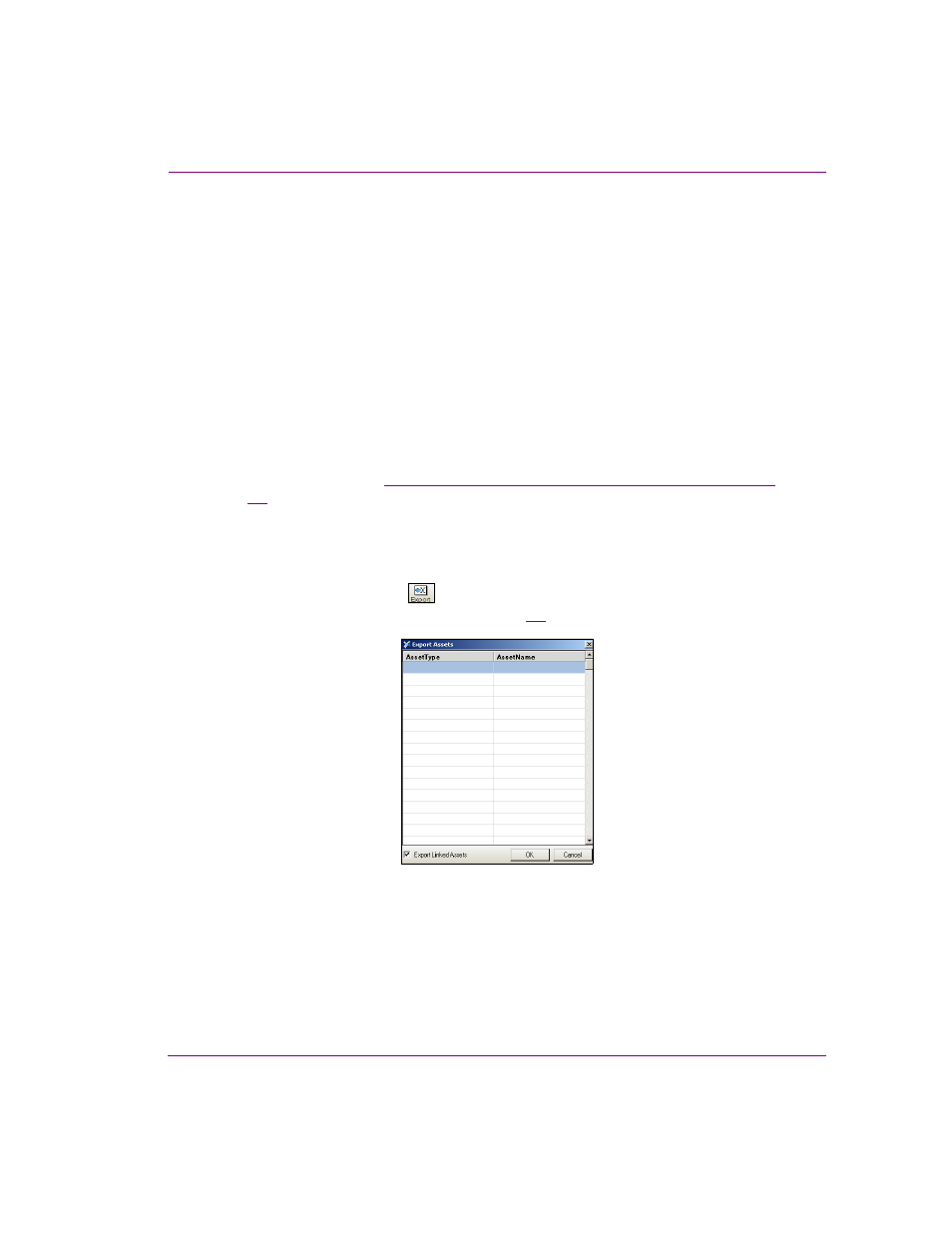Grass Valley Xplorer Vertigo Suite v.4.8 User Manual
Page 63

Xplorer User Manual
4-23
Moving assets to/from the Xmedia Server and other devices
Exporting Vertigo asset files to another Xmedia Server
Exporting consists of saving Vertigo assets to files. Exporting is most commonly used for
copying objects and assets from one server to another. For example, a broadcaster with
several stations can replicate their look and feel at each station by exporting assets from
one and importing them to the others.
Xplorer offers maximum flexibility by letting you export anything -- from an individual asset
(e.g. an image file) to the entire contents of an asset type’s root category (e.g. Panels).
Moreover, anything you export will automatically be accompanied by the assets used to
build it, any proxy images, etc. For example, if exporting a control panel, all assets that were
used to create it will be exported at the same time (e.g. Xmedia objects, image files, clip
files, etc.).
To export one or more assets or asset categories:
1.
Launch Xplorer and verify that the XMS icon appears in the Viewer.
If it does not, then see
“Starting Xplorer and connecting to the Xmedia Server” on page
for instructions on how to configure the XMS for Xplorer.
2.
Select the XMS icon.
The contents of the Xmedia Server appears in the Asset Browser and Asset Gallery.
3.
Select the appropriate asset category icon and navigate to the subcategory folder that
contains the asset(s) that are to be exported.
4.
Select the E
XPORT
button
in the Xplorer toolbar.
The E
XPORT
A
SSETS
window appears (figure
).
Figure 4-6. The Export Assets window
